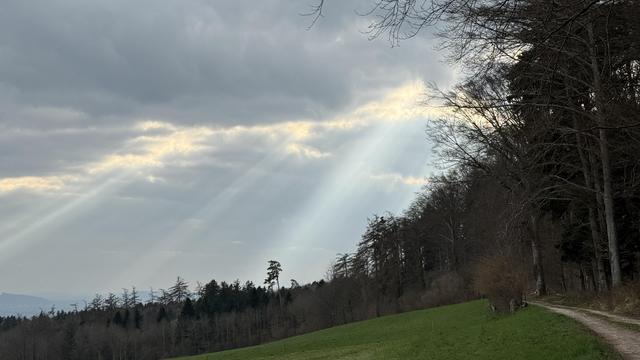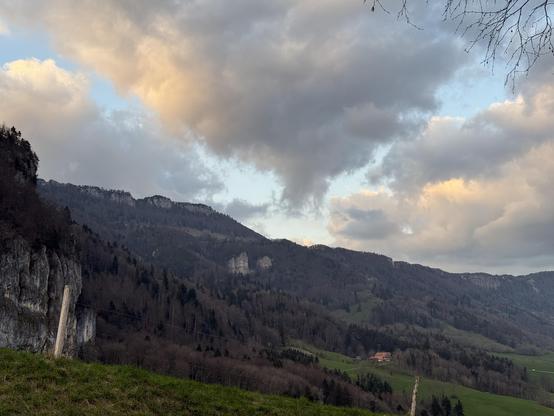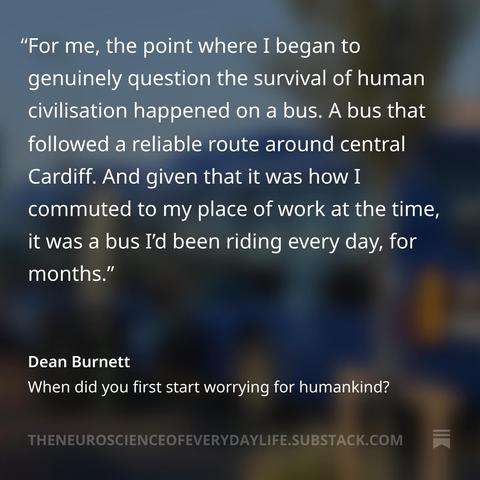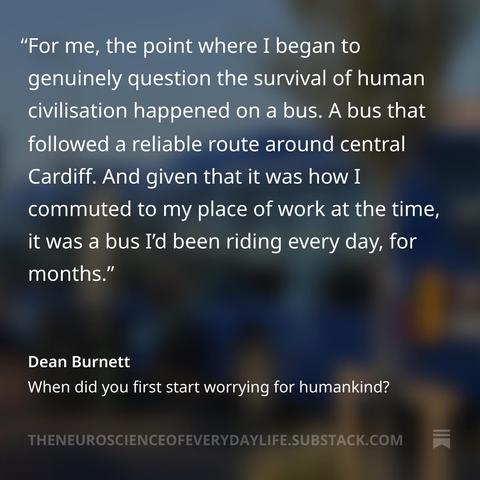DOOMSDAY (Estats Units) presenta nou àlbum: "Never Known Peace" #Doomsday #Crossover #Hardcore #ThrashMetal #Març2025 #EstatsUnits #NouÀlbum #Metall #Metal #MúsicaMetal #MetalMusic
Recent searches
Search options
#doomsday
#DoomsDay seems near. At least, considering how dramatic and threatening those clouds look.
Ma chi se lo incula #Doomsday, noi abbiamo il migliore team-up possibile contro Erdogan il super cattivo!
Marvel enthüllt die Besetzung für #Avengers #Doomsday. 26 Stars, darunter MCU-Veteranen und Original-X-Men, vereinen sich für den Blockbuster. Einige bekannte Namen fehlen aber. #Marvel https://winfuture.de/news,149889.html?utm_source=Mastodon&utm_medium=ManualStatus&utm_campaign=SocialMedia
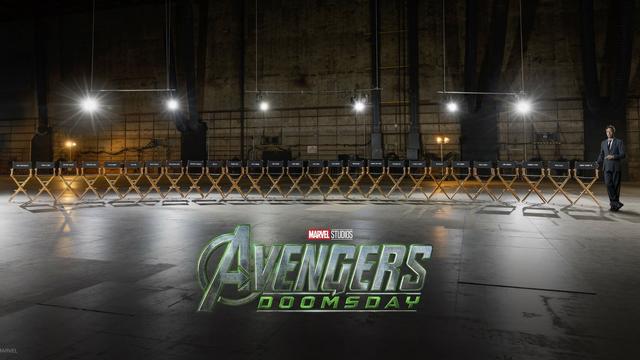
Great breakdown by New Rockstars of all the confirmed cast members... and who's still unconfirmed.
AVENGERS DOOMSDAY ANNOUNCEMENT BREAKDOWN: Avengers vs X-Men Confirmed!
https://youtube.com/watch?v=rYhN3jwhwjA&si=NPA9B_5D1NG6r1K_#avengers #doomsday
#forth ehe? Haven't heard about that in a very long time. Is there anyone doing FORTH these days? The problem with this guy's assumption is that the artictecture documentation will still be around. FORTH is more universal because its bytecode-ish but nothing's better than #assmbler and many have tried and failed. I enjoy doing "cross stiich" projects on my tablet in assembler because the language is so compact. #coding #doomsday #programming https://www.wired.com/story/forth-collapse-os-apocalypse-programming-language/
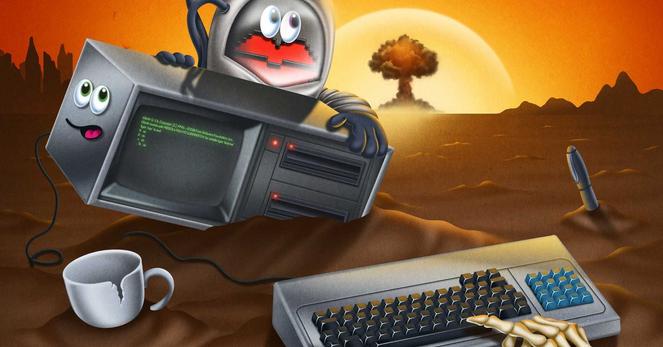
GAAHHHH! IT'S LIKE INFINITY WAR ALL OVER AGAIN oh God, Marvel please, for all that is holy, do not f-ck this up.
Avengers: Doomsday | Now in Production
https://youtube.com/watch?v=aZXBFirj6b4&si=bk_Uh25xnwrLYsoH
#marvel #doomsday
(Also read why you shouldn't use Br@ve the 'privacy browser' here: http://bit.ly/424fEQ1)
HOLY SHIT THEY'RE BRINGING BACK THE OG XMEN!!!!!
https://www.youtube.com/watch?v=aZXBFirj6b4&feature=youtu.be
SOUND ON, headphones suggested.
Quite proud of this: while there's still lots of work to do and things for me to learn, I feel like things are coming together. Inspired by the Global Seed Vault in Svalbard, Norway.
#Blender #b3d #3drendering #archviz #Blender3D #blendercommunity #rendering #3d #3drender #rendering3d #render #blenderrender #cyclesrender #3dartwork #brutalism #architecture #3dmodeling #3dart #postapocalyptic #doomsday #mountain #postapocalypticart #environmentart #seedvault #animation #3danimation #environment
The live video stream updates about once every twelve minutes, so if you just want the final list, you might as well wait.
https://www.polygon.com/marvel/547051/avengers-doomsday-cast-announcement-livestream

Taiwanese religious leader Hom-Ming Chen preached that God would appear on US TV channel 18 OTD in 1988 to announce that he would descend to Earth the following week in a form identical to Chen; he did not https://toilet-guru.com/overview-faith.html?s=mb #apocalypse #doomsday

I like Tatiana Maslany. I like She-Hulk.
I don't like Tatiana Maslany as She-Hulk.
The #Thwaites #glacier is a fortress larger than Florida,
a wall of ice that reaches nearly 4,000 feet above the bedrock of West Antarctica,
guarding the low-lying ice sheet behind it.
But a strong, warm ocean current is weakening its foundations and accelerating its slide into the Amundsen Sea.
Scientists fear the waters could topple the walls in the coming decades,
kick-starting a runaway process that would crack up the West Antarctic Ice Sheet.
That would mark the start of a global climate disaster.
The glacier itself holds enough ice to raise ocean levels by more than two feet, which could flood coastlines and force tens of millions of people living in low-lying areas to abandon their homes.
The loss of the entire ice sheet
—which could still take centuries to unfold
—would push up sea levels by 11 feet and redraw the contours of the continents.
This is why Thwaites is known as the #doomsday #glacier
—and why scientists are eager to understand just how likely such a collapse is, when it could happen, and if we have the power to stop it.
Scientists at MIT and Dartmouth College founded Arête Glacier Initiative last year in the hope of providing clearer answers to these questions.
The nonprofit research organization will officially unveil itself, launch its website, and post requests for research proposals today, March 21, timed to coincide with the UN’s inaugural "World Day for Glaciers"
Arête will also announce it is issuing its first grants, each for around $200,000 over two years, to a pair of glacier researchers at the University of Wisconsin-Madison.
One of the organization’s main goals is to study the possibility of preventing the loss of giant glaciers,
Thwaites in particular,
by refreezing them to the bedrock.
It would represent a radical intervention into the natural world, requiring a massive, expensive engineering project in a remote, treacherous environment.
But the hope is that such a mega-adaptation project could minimize the mass relocation of climate refugees,
prevent much of the suffering and violence that would almost certainly accompany it,
and help nations preserve trillions of dollars invested in high-rises, roads, homes, ports, and airports around the globe.
“About a million people are displaced per centimeter of sea-level rise,”
says Brent Minchew, an associate professor of geophysics at MIT, who cofounded Arête Glacier Initiative and will serve as its chief scientist.
“If we’re able to bring that down, even by a few centimeters, then we would safeguard the homes of millions.”
But some scientists believe the idea is an implausible, wildly expensive distraction,
drawing money, expertise, time, and resources away from more essential polar research efforts.
“Sometimes we can get a little over-optimistic about what engineering can do,” says Twila Moon, deputy lead scientist at the National Snow and Ice Data Center at the University of Colorado Boulder.
https://www.technologyreview.com/2025/03/21/1113396/inside-a-new-quest-to-save-the-doomsday-glacier/
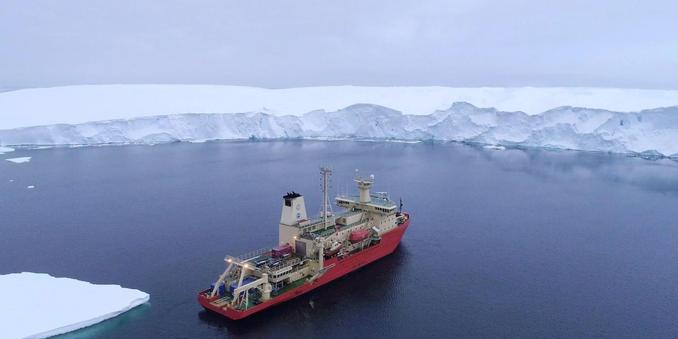
An 800-900 year old #Oak #Minchenden Oak, named in the #Doomsday book audit of the uk some 400+ years ago. I go to speak to my mum whose ashes joined a multitude. She always gets an offering of some brandy and tobacco.
Listening to the radio earlier, some political figure was talking about #netzero and dates, like 2040 for where some target in green energy is aiming.
I found myself balking and tutting at this. Not because I'm sceptical about green energy, far from it. I found that my first reaction to "by 2040" was "we're going to be dead by then"
I realised that I'm expecting that civilisation will implode in the next 5 years. #Trump #Musk #doomsday we need to fix these now! DONT LOSE #HOPE!
My first environment design work in Blender. Inspired by the Global Seed Vault in Svalbard, Norway.
#Blender #b3d #3drendering #archviz #Blender3D #blendercommunity #rendering #3d #3drender #rendering3d #render #blenderrender #cyclesrender #3dartwork #brutalism #architecture #3dmodeling #3dart #postapocalyptic #doomsday #mountain #postapocalypticart #environmentart #seedvault
Why I’m Feeling the A.G.I. - Three arguments for taking progress toward artificial general intelligence, or A.G.I., mo... - https://www.nytimes.com/2025/03/14/technology/why-im-feeling-the-agi.html #computersandtheinternet #artificialintelligence #hintongeoffreye #anthropicaillc #altmansamuelh #bengioyoshua #amodeidario #innovation #openailabs #research #doomsday #chatgpt
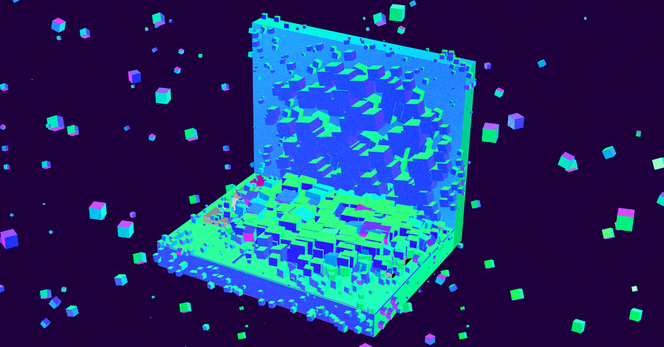
When did you first start worrying for humankind?
https://theneuroscienceofeverydaylife.substack.com/p/when-did-you-first-start-worrying
My latest post combines the very profound with the ridiculously mundane, in a manner that may prove jarring.
When did you first start worrying for humankind?
https://theneuroscienceofeverydaylife.substack.com/p/when-did-you-first-start-worrying
My latest post combines the very profound with the ridiculously mundane, in a manner that may prove jarring.





